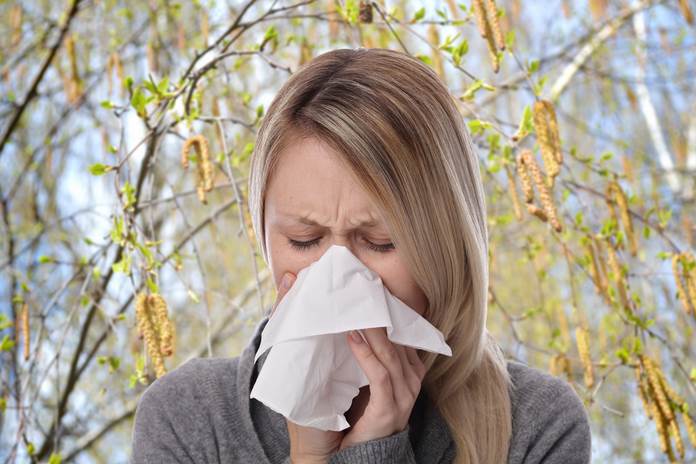Pollen Allergy

Residue is one of the most notable triggers of incidental sensitivities. Numerous individuals know dust sensitivity as “roughage fever.” Experts as a rule allude to dust hypersensitivity as “occasional unfavorably susceptible rhinitis.”
Each spring, summer and fall, plants discharge little dust grains to prepare different plants of similar species. The majority of the dusts that cause harmful responses originate from trees, weeds and grasses. These plants make little, light and dry dust grains that movement by the breeze.
Grasses are the most well-known reason for allergy. Ragweed is a primary reason for weed sensitivities. Other customary wellsprings of weed dust incorporate sagebrush, pigweed, sheep’s quarters and tumbleweed. Particular sorts of trees, including birch, cedar and oak, furthermore produce especially allergenic residue. Plants treated by creepy crawlies, similar to roses and some blooming trees, similar to cherry and pear trees, as a rule don’t cause Allergic rhinitis.
